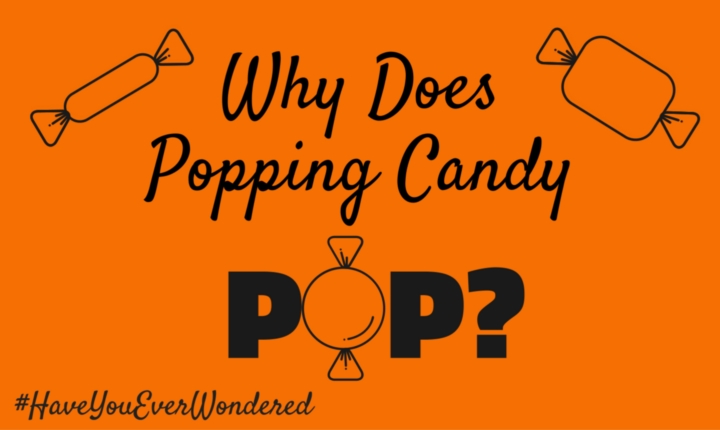Exploring Australia: Specsavers, Sunshine and Sexism
When I found out I was coming to Australia for two weeks, I was so excited. Australia’s completely the other side of the world to my home in Birmingham. I fantasised about what it would be like: kangaroos hopping round, koalas on every corner, barbecues every night. It would be so different to what I’m used to.
But when I got here, the first thing that struck me was how similar everything was. Getting the bus from the airport, I noticed they drive on the same side of the road as us. When I got to the bus station, the first shop I saw was a WH Smiths. In fact, lots of the shops are the same: Specsavers, Zara, Laura Ashley, Vodafone, Starbucks, McDonald’s, KFC. The first night I was here, I was truly adventurous and had tea at Nandos (although it wasn’t as nice as the ones in the UK and they didn’t have my favourite Wild Garlic and Herb sauce) and then went back to the hotel and watched Homes Under the Hammer, Time Team and Coronation Street.
What Makes Popping Candy Pop?
Popping candy is fantastic stuff. You put it on your tongue and within seconds it’s fizzing and exploding and jumping about in your mouth. But what makes this happen? Continuing our #HaveYouEverWondered series, Sam takes a handful sweeties and finds out what makes popping candy pop!
S’not Nice but Necessary – Dr Matt Knows How Noses Work
The last time Dr Matthew Piccaver wrote for Jump! Mag, it was on the topic of poo, and today he’s going to tell you a bit about the part of your body that you might just have wrinkled in disgust… the nose! Find out how noses work but don’t get too comfortable, because it snot over yet …
Falconry and the Tudors
When you write a book that is set in a particular period of history, it is important to get the details correct. This means that writers of historical fiction have to do a lot of research.
The first scene of Katharine Edgar’s novel, Five Wounds takes place on a hillside in sixteenth century England, where her heroine, Nan, is hoping to see her young merlin falcon make its first kill. Katharine had find out all about falconry and the Tudors – the keeping and training of falcons, and other birds of prey.
When I showed the first scene of Five Wounds to some writing friends, some of them asked a question I wasn’t expecting. ‘How rich is Nan’s family? They live in a big house so why does she need to hunt for food?’
Good question!




